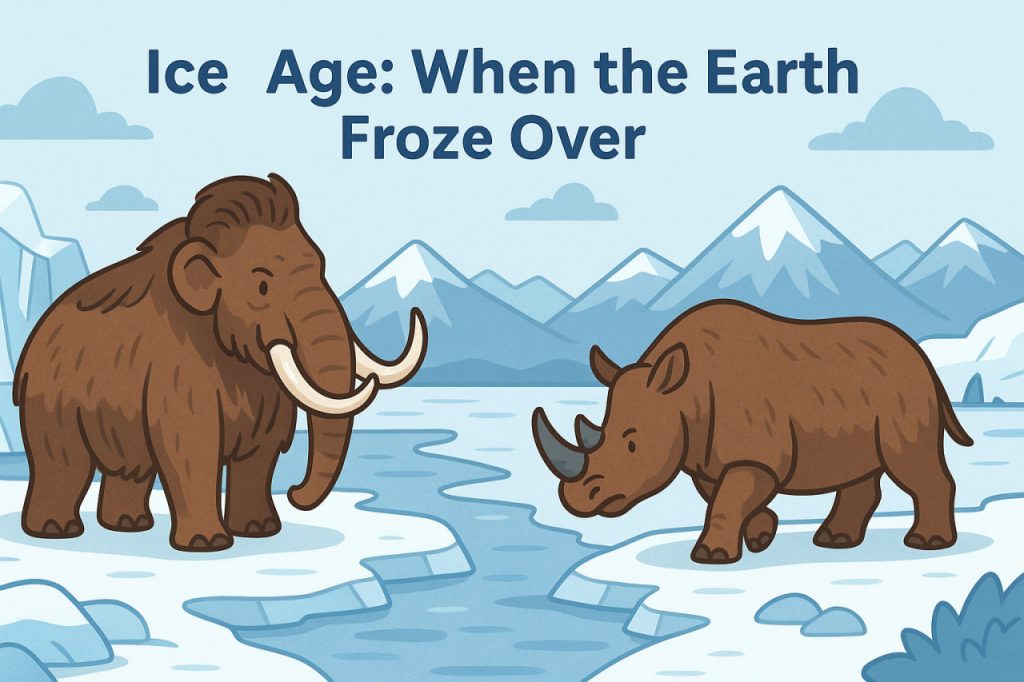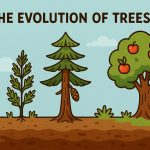An Ice Age is a long period in Earth’s history when global temperatures drop significantly, causing large parts of the planet to be covered in glaciers. These cold eras reshape landscapes, affect species, and leave lasting geological evidence behind. Though we now live in a relatively warm period, Ice Ages have occurred multiple times in Earth’s past — and may come again.
What Is an Ice Age?
An Ice Age is defined by the long-term presence of ice sheets over continents and polar regions. Within an Ice Age, there are glacial periods (cold phases with more ice coverage) and interglacial periods (warmer phases, like today). The most recent glacial period ended about 11,700 years ago, marking the beginning of the Holocene epoch.
What Causes an Ice Age?
Several factors contribute to Ice Ages, including:
- Changes in Earth’s orbit and tilt, which affect how sunlight reaches the planet
- Low levels of carbon dioxide and other greenhouse gases in the atmosphere
- Volcanic activity that blocks sunlight
- Changes in ocean currents and continental positions due to plate tectonics
These factors work together to create long-term cooling trends over tens of thousands of years.
Impact on Life and Landscape
During Ice Ages, sea levels dropped as water was locked in ice, exposing new land bridges like the one between Siberia and Alaska. Many large animals adapted to cold, such as mammoths, woolly rhinoceroses, and saber-toothed cats. Human populations also migrated in response to shifting climates, often following herds and seeking more habitable regions.
Evidence from the Past
Glaciers leave clear marks on the land. Scientists study moraines, glacial striations, and fossil records to understand where ice once moved. Ice cores drilled from Antarctica and Greenland also provide climate data going back hundreds of thousands of years.
Will There Be Another Ice Age?
Technically, we are still living in an Ice Age — just during a warm interglacial phase. Some scientists believe another glacial period could begin in tens of thousands of years if natural cycles continue. However, human-caused global warming may delay or alter this timeline significantly.
Glossary
- Ice Age – a long-term period of cooler global temperatures and widespread glaciers.
- Glaciers – large masses of moving ice that shape the landscape.
- Interglacial period – a warmer time between two glacial phases.
- Holocene epoch – the current geological period that began after the last Ice Age.
- Carbon dioxide – a greenhouse gas that traps heat in Earth’s atmosphere.
- Plate tectonics – the movement of Earth’s crustal plates over time.
- Moraines – ridges of debris left behind by moving glaciers.
- Ice cores – cylinders of ice that reveal past atmospheric and climate data.


